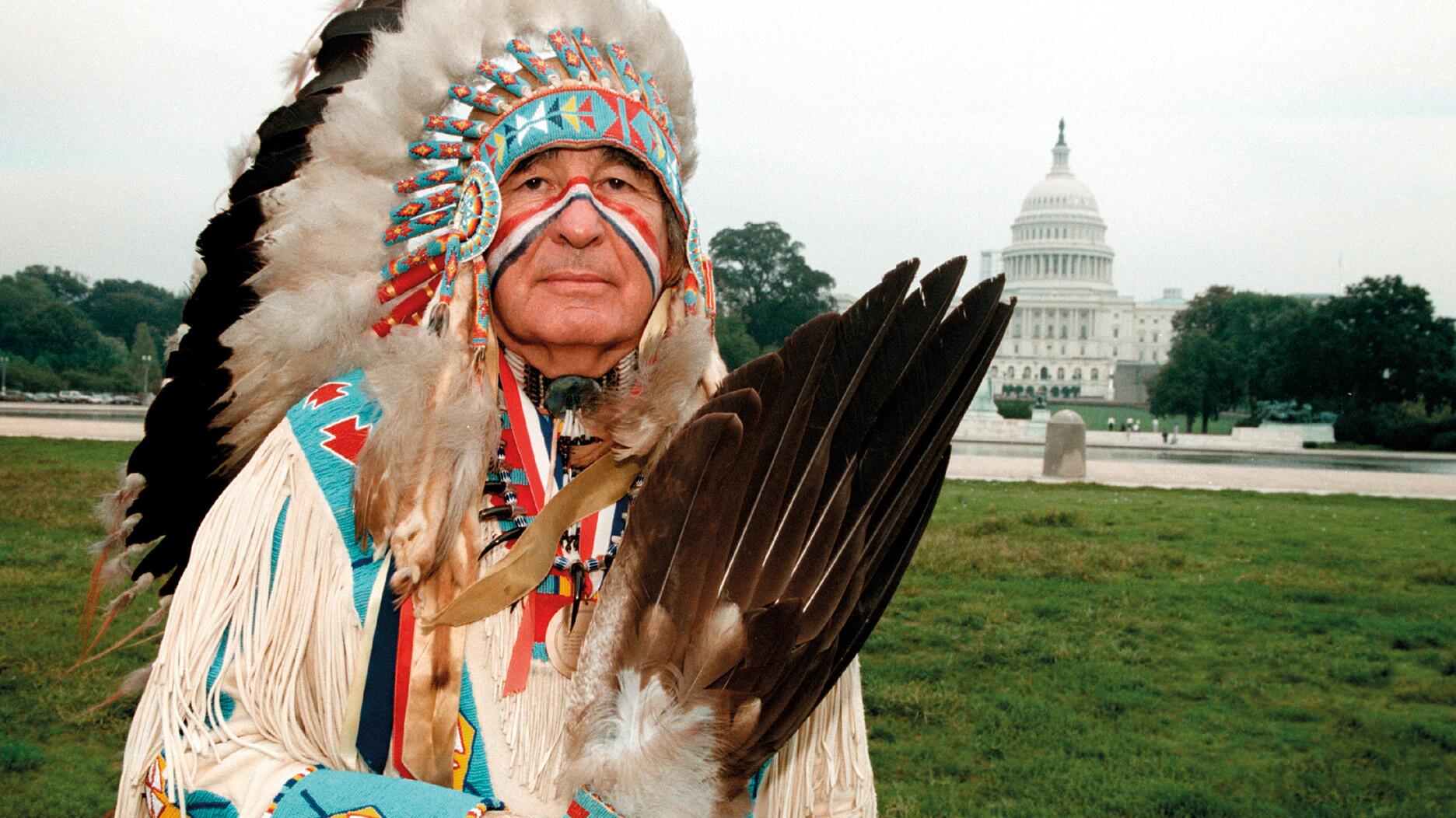As the shopping mall model evolves and online retail grows, Smith shares his predictions for the future of physical stores.
Squirrel Spotting: Reach Out and Touch Someone
Peter Smith’s latest column on the importance of physical contact will have you streaming Motown’s greatest hits in no time.

I love the Four Tops song “Reach Out (I’ll Be There).”
It’s got everything a great song needs—Levi Stubbs’ plaintive vocals, a great, driving bass line, wonderful lyrics and sublime harmonies.
In many ways, it could be the signature tune for Detroit, the city that gave us the Four Tops and that great Motown sound.
The song could also serve as the signature song for one of the most important disciplines in sales—touching our customers.
WATCH: The Four Tops, “Reach Out (I’ll Be There)”
Lawrence D. Rosenblum wrote in “See What I’m Saying” that: “When we touch someone, you activate a strip of your brain that runs from a spot just above your ears all the way to the top of your head. Touching also activates higher-level brain areas needed for recognition and reaction.”
Rosenblum echoes findings from the social-science community that frequently cite touching as a primary means to meaningful human connection.
Additionally, touching is a powerful way to combat anxiety and stress (guy shopping for an engagement ring perhaps?). There’s a reason we hug our children and our loved ones when they suffer setbacks, or physical or emotional pain. We’ve been making “boo-boos” go away for … well, it depends on how old you are.
Now, don’t think for a minute I’m suggesting we walk around all day hugging customers. Can you imagine?
Customer: “Hi. Do you guys change watch batteries?”
You: “As a matter of fact, we do. Now come over here and give me a hug!”
Yes? No? Probably not. How about this one:
Customer: “I’m upset that the prong on my ring appears to be broken.”
You: “Well, let’s hug a minute, and then I’ll take a look.”
Like I said, we can’t go around all day hugging everyone, but we should try to touch people at every opportunity, and the good news is that in jewelry stores, we get lots and lots of opportunities to do exactly that.
For instance, shaking hands can be the most natural thing in the world if conducted with authenticity (or a contrived gimmick if mandated across the board).
Decide for yourself when it feels right, and do it properly when you are doing it. Nothing feels worse than a bad handshake.
In “First Impressions,” Ann Demarais and Valerie White wrote about handshakes: “Their [social-psychologists’] findings indicate that a firm handshake, characterized by strength, vigor, duration, eye contact and completeness
I’ll add to that: If you’re a finger-breaker, get over yourself. We’re supposed to be connecting in a way that is good for two people, not auditioning to become a bricklayer.
Two additional and socially acceptable means of touching include the shoulder and the elbow.
It is perfectly fine to engage in a light touch of either and, needless to say, it’s a whole lot easier to do if you are on the same side of the counter as the customer. What a concept!
And, finally, the most obvious and appropriate means of touching your customer is when helping them to try on jewelry.
Necklaces, earrings, bracelets and rings all provide obvious and organic ways for appropriate human-to-human touching, and getting jewelry on customers is always a good idea.
We’ll leave the final word on this to Leonard Mlodinow, who wrote in “Subliminal: How Your Unconscious Mind Rules Your Behavior” that, “Scientists have discovered a particular kind of nerve fiber in the people’s skin—especially in the face and arms—that appears to have developed specifically to transmit the pleasantness of social touch.”
Now, if we could just put a tune to that and have Levi Stubbs sing it …
Peter Smith is president of Memoire and author of two books, “Hiring Squirrels: 12 Essential Interview Questions to Uncover Great Retail Sales Talent,” and “Sell Something: Principles and Perspectives for Engaged Retail Salespeople.” Both books are available in print or Kindle at Amazon.com. Connect with Smith on LinkedIn or at dublinsmith@yahoo.com.
The Latest

The trade show is slated for Jan. 31-Feb. 2 at The Lighthouse in New York City's Chelsea neighborhood.

January’s birthstone comes in a rainbow of colors, from the traditional red to orange, purple, and green.

How Jewelers of America’s 20 Under 40 are leading to ensure a brighter future for the jewelry industry.

The annual report highlights how it supported communities in areas where natural diamonds are mined, crafted, and sold.


Footage of a fight breaking out in the NYC Diamond District was viewed millions of times on Instagram and Facebook.

The supplier has a curated list of must-have tools for jewelers doing in-house custom work this year.

Roseco’s 704-page catalog showcases new lab-grown diamonds, findings, tools & more—available in print or interactive digital editions.

The Signet Jewelers-owned store, which turned 100 last year, calls its new concept stores “The Edit.”

Linda Coutu is rejoining the precious metals provider as its director of sales.

The governing board welcomed two new members, Claire Scragg and Susan Eisen.

Sparkle with festive diamond jewelry as we celebrate the beginning of 2026.

In its annual report, Pinterest noted an increase in searches for brooches, heirloom jewelry, and ‘80s luxury.

Executive Chairman Richard Baker will take over the role as rumors swirl that a bankruptcy filing is imminent for the troubled retailer.

Mohr had just retired in June after more than two decades as Couture’s retailer liaison.

Shekhar Shah of Real Gems Inc. will serve as president of the Indian Diamond & Colorstone Association in 2026.

This year’s good luck charm features the mythical horse Pegasus, and is our first Piece of the Week of the new year.

Articles about crime, engagement rings, and a necklace worn in the World Series generated the most interest among readers.

As part of the leadership transition, Sherry Smith will take on the role of vice president of coaching strategy and development.

It marks the third time the country has headed the Kimberley Process. Ghana will serve as vice chair.

The new Bulova x Stetson designs highlight two animals often associated with the American West—the bison and the Texas Longhorn.

Its residency at Yamron Jewelers will run through May 2026.

The retailer is expanding into areas with large Indian and South Asian populations.

The Italian brand has opened its first flagship amid the peaks of the Dolomites in Madonna di Campiglio, Italy.

The new curation at the Natural History Museum of Los Angeles County showcases rare gem and mineral specimens in their uncut, natural state.

The couple pleaded guilty to concealing at least $127 million in cash transactions at its precious metals businesses.

Consumers shared concerns about prices, inflation, tariffs, trade, and politics in the survey’s write-in response section.



























